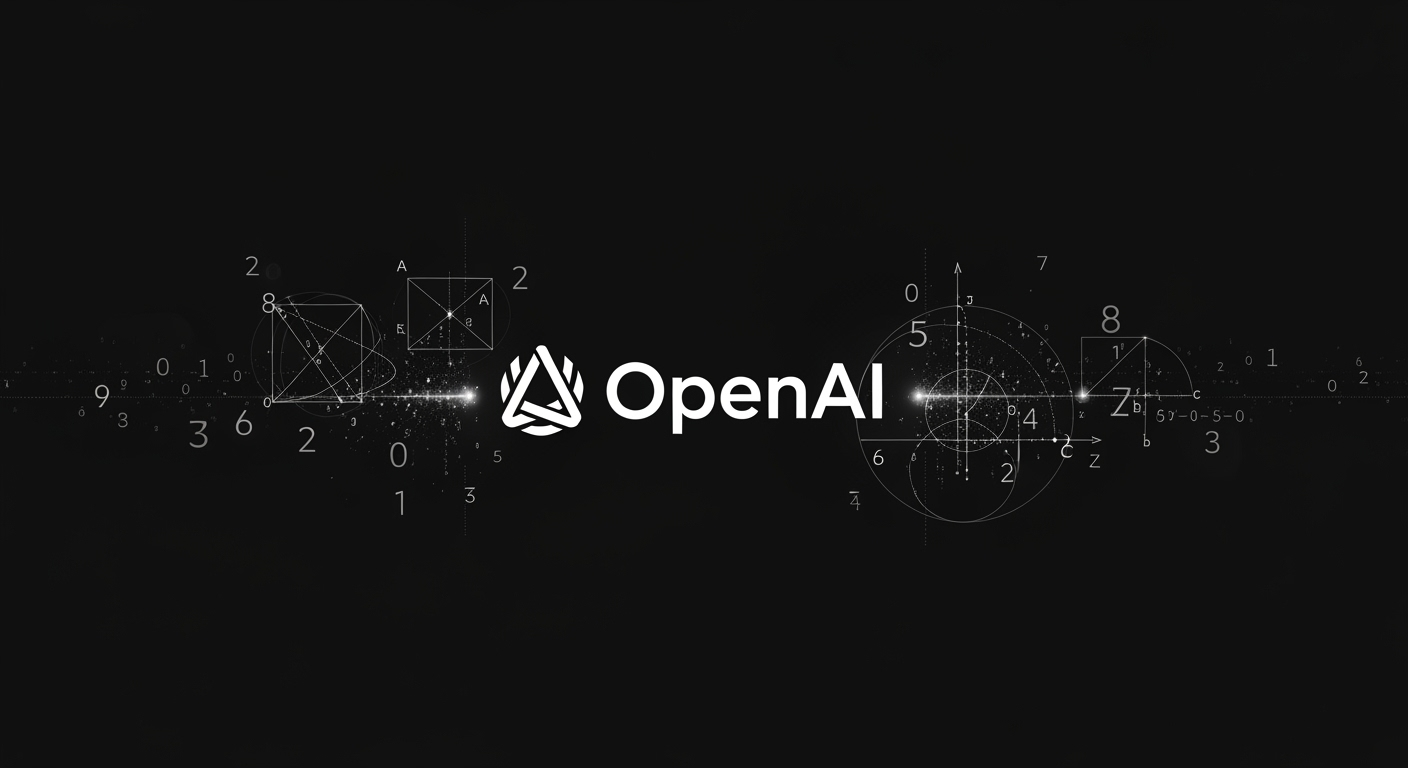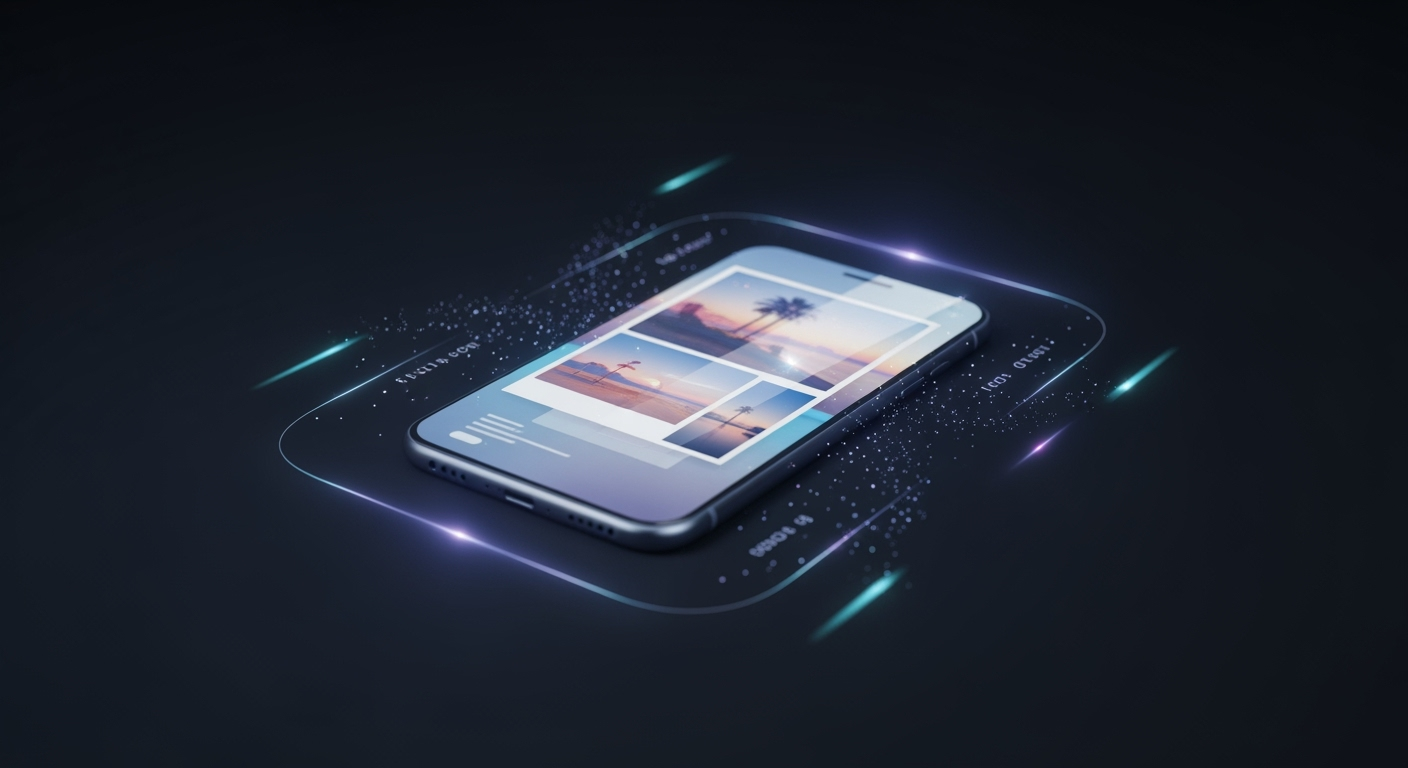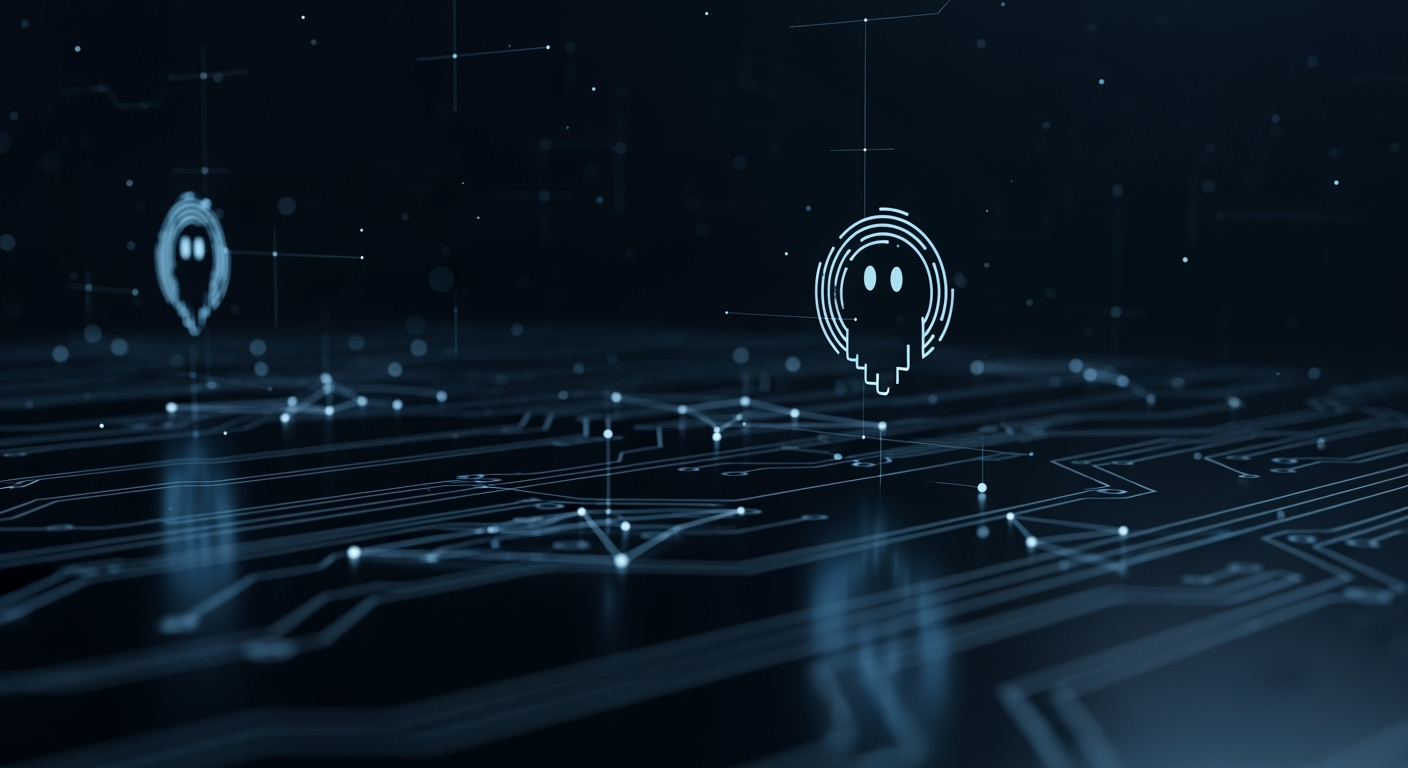Why the Lack of AI-Powered Siri on iPhone 17 Isn’t a Dealbreaker

Apple iPhone 17 Launch: AI-Powered Siri Still Missing, But Does It Matter?
Apple has once again made headlines with the unveiling of its latest iPhone lineup: the iPhone 17, 17 Pro, 17 Pro Max, and a slim new addition, the iPhone Air. While the hardware impresses—think thinner designs, improved cameras, and high-refresh-rate displays—the absence of a truly AI-powered Siri still stands out. But is this a critical flaw for Apple, or just another chapter in the company's evolving strategy?
Apple's Latest Devices Focus on Hardware and Subtle AI
The new iPhone 17 series continues Apple's tradition of premium hardware. The iPhone Air, in particular, draws from the "Air" branding seen in MacBook and iPad lines, promising lightweight design without compromising quality. Yet, in a year dominated by AI breakthroughs, Apple’s event only briefly touched on AI—mainly to reiterate features already announced at WWDC, such as Visual Intelligence and on-device models. Camera enhancements, like the Center Stage feature, show incremental steps towards smarter photography, but a next-gen AI assistant was notably absent.
The Competition Pushes AI Boundaries
While Apple refines its devices, competitors are moving fast. Google’s Pixel 10, for example, integrates advanced AI features directly into the Android experience. Meanwhile, iPhone users must wait until at least 2026 for a fully AI-powered Siri upgrade. Until now, Apple’s AI tools—like writing assistants, image generation, summarization, live translation, and Genmoji—have been functional but not revolutionary. Some users even criticize the quality of these generative features, especially when compared to leading AI platforms.
Is Outsourcing AI Apple’s Secret Weapon?
Rumors abound that Apple is considering partnerships with industry leaders like Google Gemini to boost its AI capabilities. While this might seem like a retreat, it could actually benefit iPhone users. Many already prefer Google services (Gmail, Maps, Chrome) over Apple’s native apps. Integrating top-tier AI, even from a third party, could make the iPhone experience more seamless and powerful—without requiring Apple to build everything from scratch.
Outsourcing could also give Apple flexibility to swap out AI models as technology evolves, providing customers with the best of both worlds: Apple’s signature hardware and design, paired with cutting-edge AI from the industry’s brightest minds. This approach would help Apple control costs while keeping its devices competitive.
Brand Strength: Hardware First, AI When It’s Ready
Apple’s brand has long been built on exceptional build quality, privacy-focused technology, and thoughtful software design. This year’s Liquid Glass interface and ultra-thin devices reinforce that focus. By allowing others to power core AI features, Apple can double down on what it does best, ensuring that even without the most advanced AI assistant, iPhones remain desirable for their quality, ecosystem, and user experience.
The Road Ahead for Apple and Siri
For now, Apple is betting that its loyal user base values hardware innovation and seamless integration over being first with every AI feature. If and when Apple launches a new Siri powered by third-party AI—or makes a strategic acquisition—the result could be a more compelling digital assistant, deeply woven into the iOS experience and built on the best available technology.
Ultimately, the lack of an AI-powered Siri is not a dealbreaker for most iPhone buyers today. Apple continues to set the standard in hardware, privacy, and design, while keeping the door open for a more robust AI future—on its own terms.





